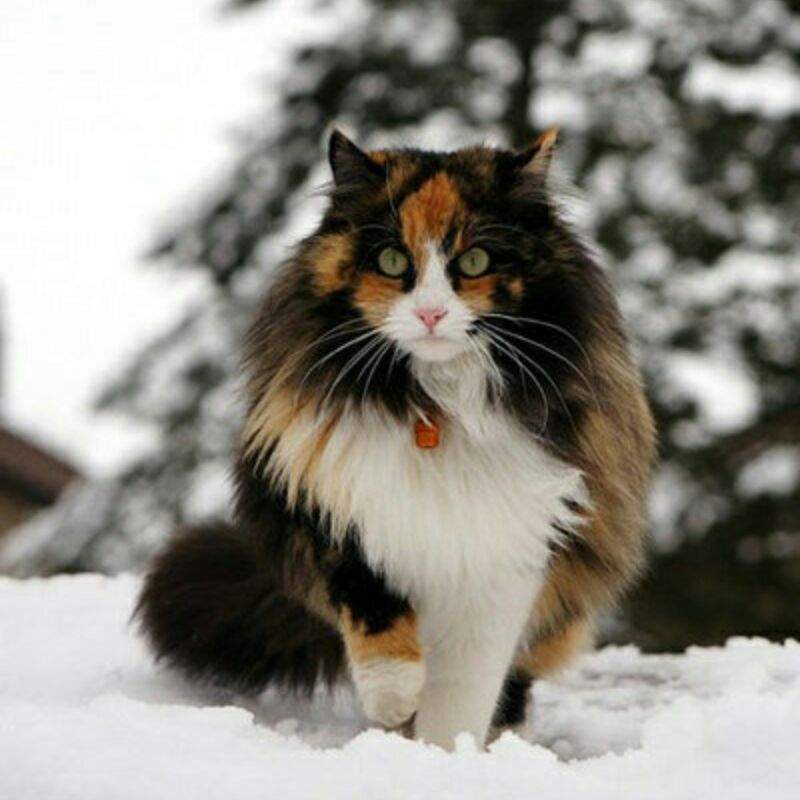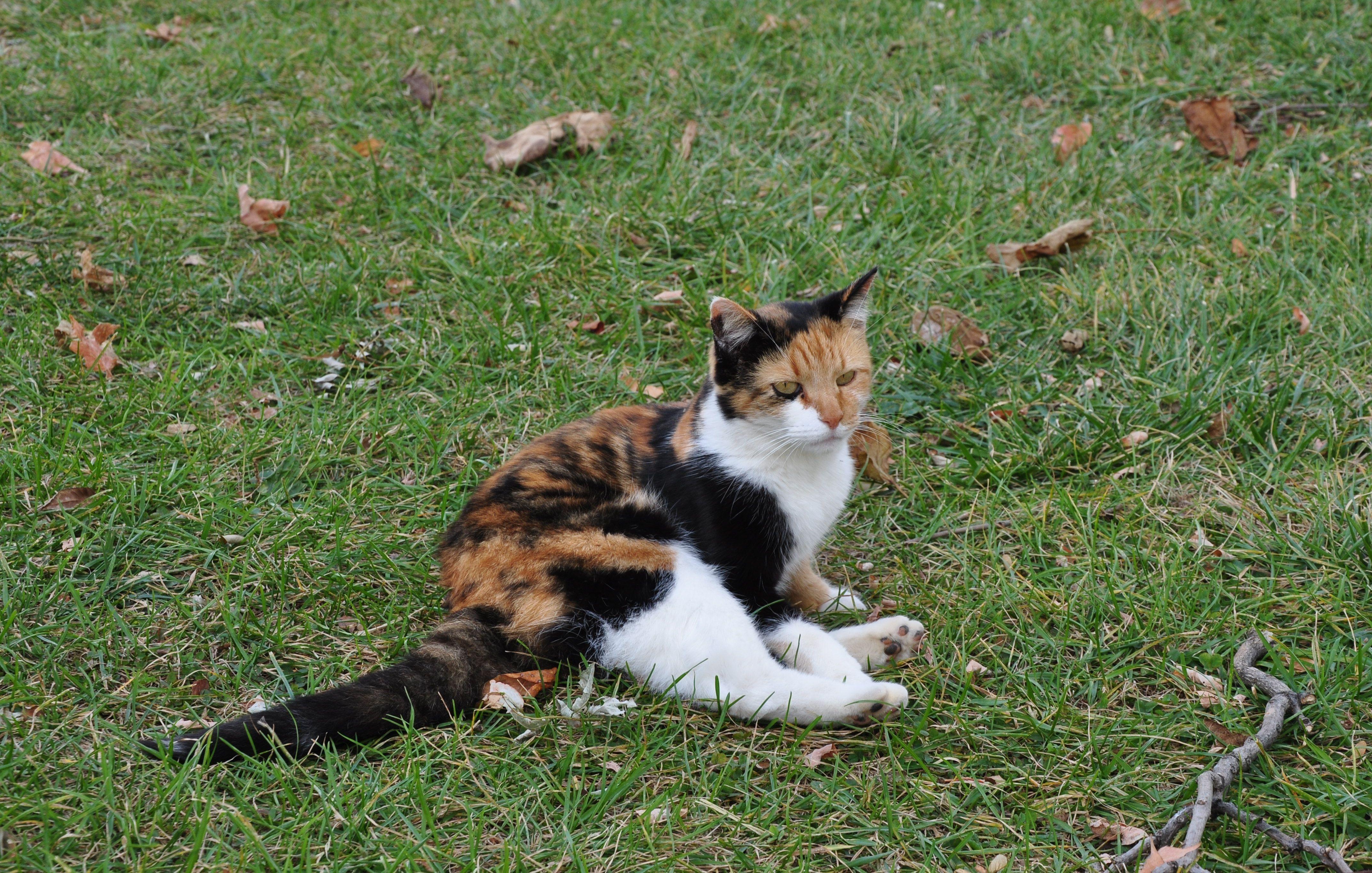


:max_bytes(150000):strip_icc()/GettyImages-663787691-344fbb661c874b95a6cb263c6c5ff59b.jpg)
Dilute calicos are also called light calicos because they have no dark colors in their coats. If a cat has alleles producing orange and black fur but does not have piebalding, it is called a tortoiseshell cat. Many different types of mammals can have this condition, including cats, dogs, horses, deer, cattle, pigs, and even snakes. It will readily bond with a single owner but enjoy the company of an entire family, too. Calico cats also have a genetic condition known as piebalding, which causes unpigmented (white) spots of fur. While it's a generally independent cat that doesn't require constant attention, the calico is also sweet, loving, and loyal. Fairly common among calicos, dilutes are distinguished by having grey (known as blue), cream and gold colors instead of the traditional black, red and brown patches along with their white. The calico is a medium-sized domestic cat renowned for its spunky, assertive personality.
CALICO CAT SKIN
Male calicoes can happen when a male cat has two X chromosomes (Klinefelter syndrome, with XXY sex chromosomes and generally sterile), is a chimera with two different cell types, or rarely when some skin cells of the developing kitten spontaneously mutate.Ĭalico cats can also be lighter in color-dilute calicos. In most cases, males are only one color (for instance, black) as they have only one X chromosome. Among the breeds whose formal standards allow calico coloration are the Manx cat, American Shorthair, Maine Coon, British Shorthair, Persian cat, Arabian Mau, Japanese Bobtail, Exotic Shorthair, Siberian, Turkish Van, Turkish Angora and Norwegian Forest cat.īecause genetic determination of coat colors in calico cats is linked to the X chromosome, calicos are nearly always female, with one color linked to the maternal X chromosome and a second color linked to the paternal X chromosome. Occasionally, the tri-color calico coloration is combined with a tabby patterning this calico-patched tabby is called a caliby.“Calico” refers only to a color pattern on the fur, from colorful printed Calico fabric, not to a cat breed or any reference to any other traits, such as its eyes. Other names include brindle, tricolor cat, mike neko (三毛猫) (Japanese for 'triple fur'), and lapjeskat (Dutch for 'patches cat') calicoes with diluted coloration have been called calimanco or clouded tiger. In the province of Quebec, Canada, they are sometimes called chatte d'Espagne (French for '(female) cat of Spain'). However, outside North America, the calico pattern is more usually called tortoiseshell and white. A calico is not to be confused with a tortoiseshell, which has a mostly mottled coat of black/orange or grey/cream with relatively few to no white markings. They are almost exclusively female except under rare genetic conditions. The calico cat is most commonly thought of as being typically 25% to 75% white with large orange and black patches (or sometimes cream and grey patches) however, the calico cat can have any three colors in its pattern. A calico cat is a domestic cat of any breed with a tri-color coat.


 0 kommentar(er)
0 kommentar(er)
